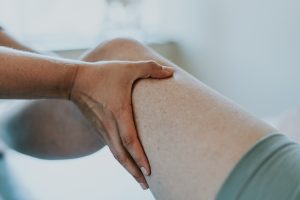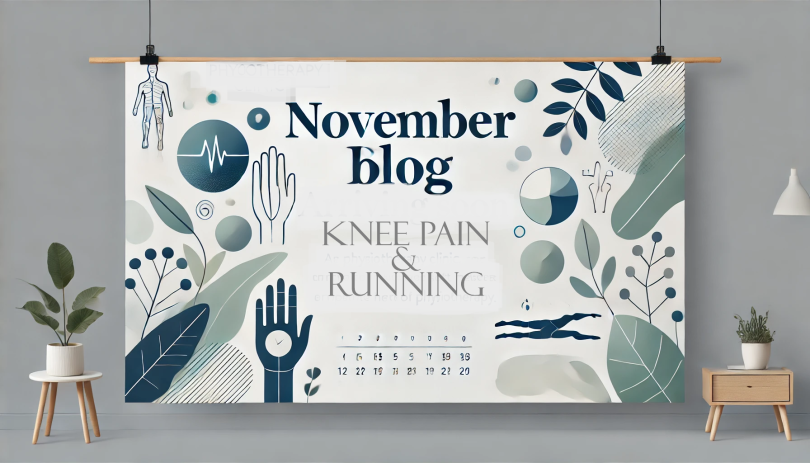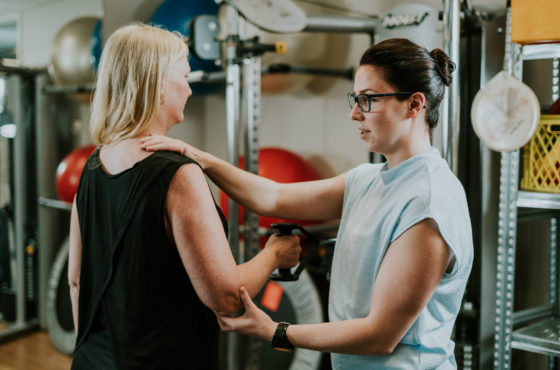Knee Pain in Runners
Knee Pain in Runners: Causes, Prevention, and Treatment
Knee pain in runners is a common issue that can hinder performance and enjoyment in running. Known as “runner’s knee” or patellofemoral pain syndrome, this discomfort typically arises from overuse, improper form, or inadequate strength and flexibility in the lower body. If left unaddressed, knee pain can worsen, leading to long-term damage. Here, we explore the causes, preventative measures, and effective treatments for knee pain in runners, including advice from the Physiotherapy Association of British Columbia.

Causes of Knee Pain in Runners
Knee pain often develops due to a combination of overuse and biomechanical factors. Repetitive stress on the knee joint from long-distance running can strain the patellar tendon and surrounding tissues. Additionally, poor running technique, such as overstriding or landing heavily on the heel, can increase pressure on the knee joint. Muscle imbalances in the legs, hips, and core can also contribute to poor alignment and excess knee stress, making runners more susceptible to injury.
Preventing Knee Pain in Runners
1. Strength Training for Stability: According to the Physiotherapy Association of British Columbia (PABC), incorporating strength exercises into your routine is crucial for preventing knee pain in runners. Strong quadriceps, hamstrings, and glute muscles help stabilize the knee joint, reducing the risk of injury. Exercises like squats, lunges, and hip bridges can improve overall stability and knee health. Ensuring proper tissue mobility (flexibility) is also an integral part of having a successful running plan. See Physio Matt below from our Vancouver office demonstrating a good hip stretch for runners.
2. Proper Running Technique: The PABC also emphasizes the importance of proper running form to reduce the strain on knees. Avoid over striding and focus on shorter, quicker steps to reduce the impact on your joints. Pay attention to your posture and try to land softly, using a midfoot strike rather than heel striking.
3. Gradual Progression: Runners should avoid increasing their mileage too quickly, which is a common cause of knee pain. The PABC suggests following the “10% rule,” increasing weekly mileage by no more than 10%. This gradual progression allows your muscles and joints to adapt to the increased load, minimizing the risk of overuse injuries.
Treating Knee Pain in Vancouver Runners
If you’re already experiencing soreness in the knee, rest, ice, compression, and elevation (RICE) are effective for immediate relief. However, ongoing pain should be addressed with physiotherapy to identify and correct the root cause. A physiotherapist can provide personalized exercises and stretches to address muscle imbalances, improve flexibility, and restore healthy movement patterns.
Knee pain doesn’t have to be a long-term issue. With proper strength training, technique adjustments, and a gradual increase in running volume, you can keep your knees healthy and enjoy running pain-free.
Have any questions for our team? Or wish to see one of our physios for a running assessment or overview? Click here 🙂




